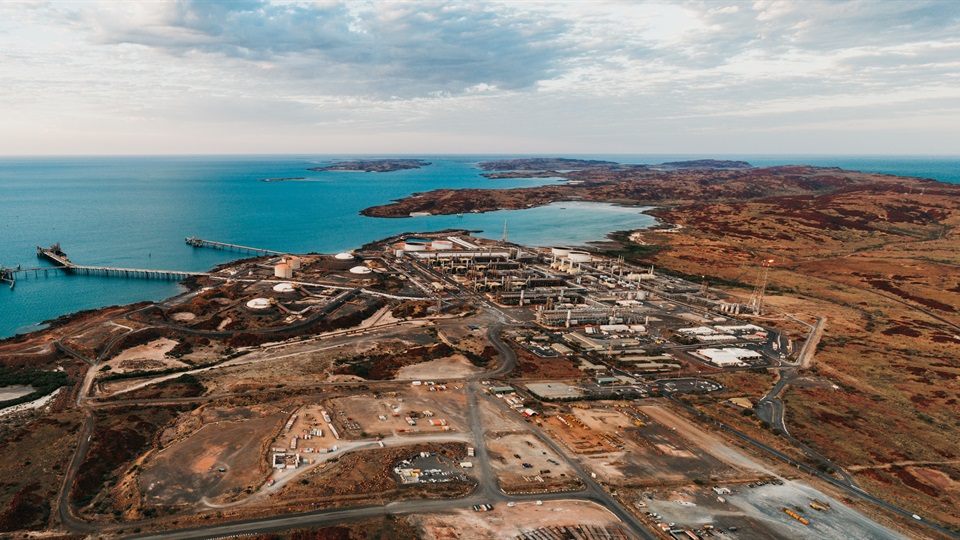A unit of LNG giant Shell has signed a deal with BP to sell its interests in the Woodside-led Browse project in Australia.
Shell Australia revealed the deal for the 27 percent stake in the Browse project in a statement issued on Saturday saying that the agreement remains subject to regulatory approvals.
The firm did not disclose any financial details regarding the deal.
“Browse remains an important Australian resource which if developed will provide much needed energy to customers as the energy market transitions towards lower carbon energy,” Shell Australia said.
“Shell regularly assesses its portfolio to inform capital allocation and maximize returns and performance however, the Browse asset is no longer a strategic fit in the context of Shell’s global portfolio,” it said.
BP Developments Australia, a unit of BP, currently has a 17.33 percent stake in the project.
Following completion of the deal, BP would have a 44.33 percent stake in the project.
Japan Australia LNG, a joint venture of Mitsubishi and Mitsui, owns a 14.4 percent stake, while PetroChina International, a unit of PetroChina has a 10.67 percent.
Woodside leads the project with a 30.60 percent stake.
The Australian LNG firm said in September last year that it was progressing with its plans to send natural gas from the Browse Basin offshore Western Australia to North West Shelf’s Karratha gas plant on Burrup peninsula.
Woodside and its partners are proposing to develop the Brecknock, Calliance, and Torosa fields located approximately 425 km north of Broome in the offshore Browse Basin.
The proposed development concept includes two floating production storage and offloading (FPSO) facilities delivering 11.4 Mtpa of LNG/LPG and domestic gas, and an about 900 km pipeline to existing NWS project infrastructure.
The Karratha gas plant in Western Australia, part of the NWS project, shipped its 6000th cargo of LNG in September last year.
It has five LNG trains with a capacity of 16.9 million tonnes per year. Also, it features domestic gas trains, condensate stabilization units, and LPG units.
Australia’s oldest LNG plant has been liquefying gas from fields located off the north-west coast of Australia since 1989.
However, these fields are running out of gas and the project is now shifting its focus towards a different business model aimed at processing gas from third parties.

